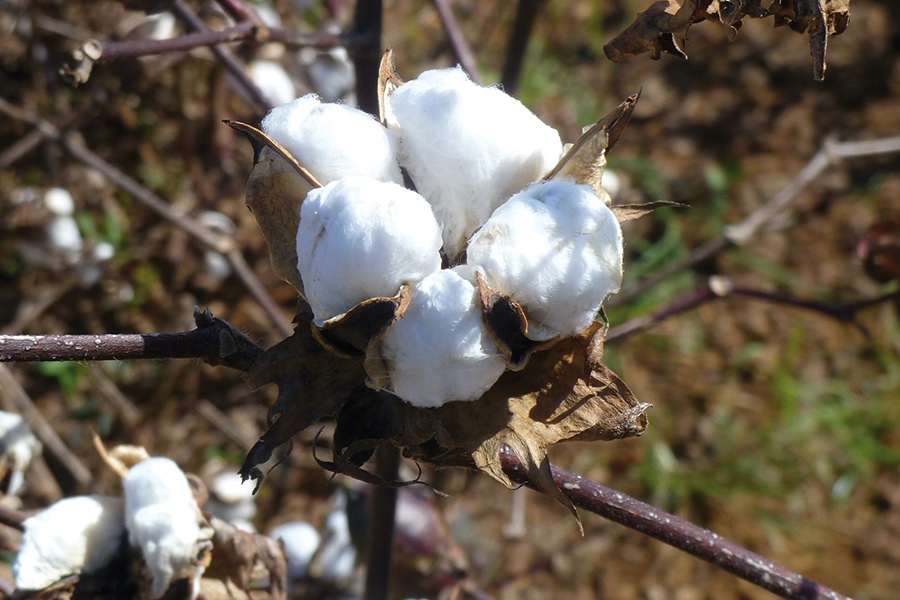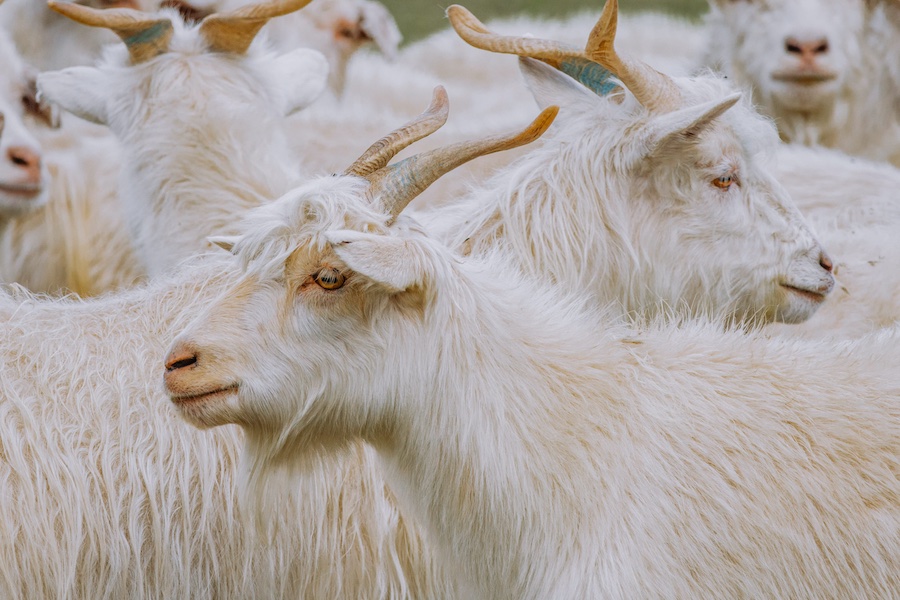#Raw Materials
DNFI: Advancing the use of natural fibres
Natural, renewable and vital to the livelihoods of many workers around the world, natural fibres have intrinsic properties – mechanical strength, low weight and low cost – that make them particularly attractive to many industries.

Part of DNFI’s mission is to encourage innovation at all levels, to help the natural fibre community deliver these the benefits.
As part of its commitment, DNFI has launched its latest natural fibre update, with forecasts by USDA, Cotton Outlook, IWTO, and data for fibres like jute and abaca. Read on to learn more about DNFI and its work, and to find highlights from the new report.
DNFI, is a global initiative that unites stakeholders from around the world with a shared goal: to increase the awareness, availability, and sustainability of natural fibres. Founded in 2010, DNFI represents 15 of the world’s major plant fibres and animal fibres. These range from cotton to specialty fibres such as cashmere or coir. Find DNFI’s latest news, and information about its annual award, at dnfi.org/.
The DNFI Commitment
DNFI’s commitment to promoting natural fibres aligns with the urgent need for sustainable practices in today’s world. Natural fibres are biodegradable and renewable. Plus, the use of natural fibres supports rural communities and small-scale farmers, helping to reduce poverty and create sustainable livelihoods. Together, the international natural fibers community produces over 33 million tons of fibres per annum, with a value of US$60B.
DNFI’s annual award promotes the development of new products/components and applications using natural fibres as well as new processes for manufacturing of environmental friendly products.
Key Highlights from the Report
The World Natural Fibre Update for September 2023 covers production statistics from natural fibres industries all over the world. These are a few highlights. For more, download the full report from DNFI’s website, link below.
Cotton Production Forecast: According to the USDA, world cotton production is expected to decrease by 3.5% in the 2023/24 season, amounting to 24.8 million tonnes. This follows a record-high yield in the previous season.
Cotton Futures: The nearby cotton futures contract on the Intercontinental Exchange experienced a 3% increase by the end of August, suggesting a potential for additional increases in cotton prices.
Insight into Wool: The Eastern Market Indicator, which tracks prices for fine wool in Australia, saw a 7% decline in August. The British Fleece Wool Price Indicator of broad wool prices (used in carpeting, blankets and other broad-yarn applications) was $1.52 per kilogram at the end of August, up from $1.36 in July.
Freightos Baltic Global Container Index: The Freightos Baltic Global Container Index for backhaul traffic from US West Coast ports to China (FBX02), including surcharges, experienced a decline. This movement in shipping costs can have implications for international trade and logistics.
Panama Canal Congestion: A severe drought is leading authorities to restrict the number of crossings and bar ships with heavy loads from using the Panama Canal. This congestion may disrupt global shipping routes, raising concerns in the maritime industry.
Download the full report at
https://dnfi.org/dnfi-world-natural-fibre-update-september-2023










canva-900-1.jpg)






